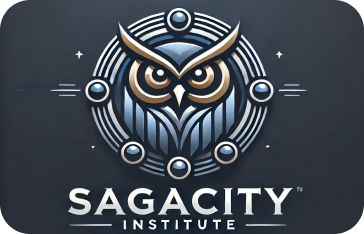March Madness – SAT Style

The National Collegiate Athletic Association (NCAA) college basketball tournament lays claim to the name “March Madness,” but high school students, their parents, and teachers know better.
Unforeseen events, by their nature, occur with no warning.
William Shakespeare famously warmed, “Beware the Ides of March.” That was the day (March 15) when Julius Ceasar was assassinated. No one but the soothsayer saw that coming and Ceasar did not take heed of the warning.
According to the College Board, more than one million high school students took the Scholastic Aptitude Test (SAT) and Preliminary Scholastic Aptitude Test (PSAT) last March. These tests were conducted in schools and at 3,000 test centers in 173 countries.
This year’s SAT exams were administered on March 8, but – as Forbes Magazine has written – things did not go as planned. Not by a long shot.
What Forbes calls “a digital disaster” was caused by a technical glitch that caused tests for many students worldwide to be prematurely ended before they had time to complete them. To make matters worse, the problem disproportionally affected students who required extended time and other accommodations.
The College Board is offering a makeup test on March 22 and a choice for students to cancel the March 8 scores or to accept them if they completed the test before the arbitrary cutoff time. The Forbes article
March SAT Crisis offers some suggestions.
What a mess! Students, their families, and the College Board will resolve these issues, but it is not a “done deal” yet.
Beyond dealing with the immediate problem, this situation points out the declining value and trust in standardized testing. What once was hailed as the key to college admission has tarnished its credentials due to longstanding equity concerns. This most recent snafu adds fuel to that fire.
Stellar standardized test scores alone do not pave the way to the college of your dreams. They never have and they never will.
Education is at an inflection point — a moment of impending dramatic change. Education on demand, game-changing competition, and the emergence of essential skills and technologies are changing the playing field every day.
“Did You Know 2025?” says we must “prepare students for industries yet to exist, to use technologies yet to be invented, and to solve problems not yet identified.”
That is a daunting task, but it reflects the impending reality facing the next generation. Casting a blind eye toward the risks ahead is a fool’s errand.
Are your high school and gap year student children aware of the transformational changes now occurring? Will they be ready to meet the challenge with the necessary tools to succeed in the days to come?
Will they have critical thinking, digital literacy, design thinking, artificial intelligence, emotional intelligence, cultural intelligence, cyber threat awareness, and more than a dozen other skills that receive little or no instruction from traditional educational courses?
The Sagacity Institute teaches these concepts and skills and how to prepare students to use them to succeed in the future.
The precarious times ahead dictate that we lean forward. And leaning forward requires learning forward. Lifetime learning is grounded in continuous learning, and that is what the Future Skills course is all about.
March 16 is Section Sunday for the NCAA men’s and women’s basketball tournaments, but high school students and their parents have a far more important selection to make.
What can they do to add to their college preparation portfolio?
Don’t be like Ceasar, take heed of the warning – and the opportunity.
Start with Future Skills.
